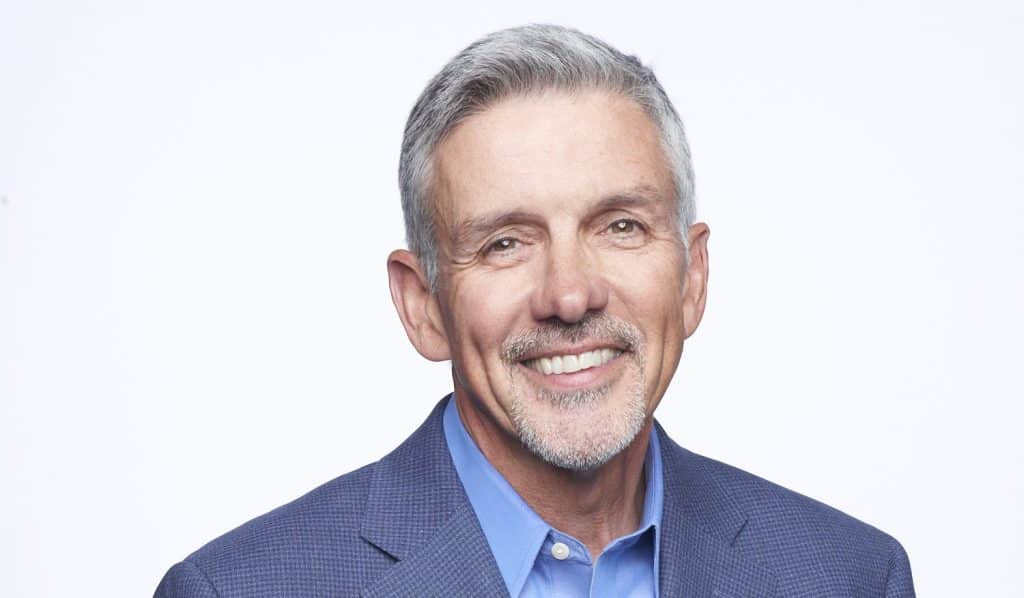CEO Alert: Review the Edelman Trust Barometer

I’ve been following the Edelman Trust Barometer (ETB) since conducting my research for The Power of Peers: How the Company You Keep Drives Leadership, Growth & Success in 2014. The ETB is an annual study of public trust in institutions – government, business, media, and non-governmental organizations (NGOs), which spans 28 countries and involves roughly 32,000 respondents. I was late to the game, considering it started in 2001, but I have been fascinated with it since and regard it as among the most important studies available today.
In my work with CEO peer groups/forums and high-performing workplace teams, it is evident that the less we trust our institutions, the more we look to those closest to us for answers. We always have, and we always will.
The Findings Over Time
While the ETB’s 24-year history offers a rich and enlightening narrative, I am struck by a specific plot line that started in 2003, when the headline for that year was “Earned media more credible than advertising.” Customers wanted to hear corroborating evidence from trusted sources about product and service claims (Consumer Reports, Industry Trades, etc.). Makes perfect sense.
By 2005, though, that was no longer good enough. People wanted to hear directly from the customer – those who read the book, bought the car, or attended a particular college. The following year, “A person like me emerges as a credible spokesperson.” *This finding coincided with TIME Magazine’s Person of the Year in 2006 – YOU. The editors asserted that because your voice was important, access to communication technology extended your reach beyond family, friends, and co-workers. You could share your opinions and reviews with the world, and as a result, you would change the world.
*2006 TIME Person of the Year is listed on my LinkedIn Profile, and if you were born in 2006 or earlier, it should be part of yours, too.
Fast forward to 2018, and Edelman revealed that we were embroiled in “The Battle for Truth.” The accelerants for this battle included the echo chamber, confirmation bias, and poor information hygiene, among other factors. Because we could select our own news sources, we embraced information that reinforced our worldview, and because of that, we often failed to vet the sources of that information. As a result, we were prone to share misinformation and became more vulnerable to disinformation campaigns.
In the study’s early years, we talked about WHO to believe; more than a decade later, it appears many people don’t know WHAT to believe anymore. A sobering development. Without a trusted institution to turn to, we look to one another and those closest to home, hence a reliance on looking to our workplaces.
Trust at Work
It’s probably unsurprising that the 2019 headline was “Trust at Work.” When asked, “Who do you trust to do the right thing?” “My Employer” ranked substantially higher than any other institution. Let me offer two notes that help explain why.
- In the wake of the 2008 financial crisis, the 2009 results showed that trust in business plummeted. Since that time, business has made a concerted effort to rebuild trust with its stakeholders, and they have been so successful at doing so, that last year business overtook NGOs as the most trusted institution.
- People are more likely to trust those they know. When polling voters about how they feel about Congress, they will typically rate Congress much lower than their own Congressperson. By the same token, their CEO will be more trusted by employees than CEOs overall.
Employees were also asked, “How do you typically find out what is really happening in your organization?” Of all the sources of information available to them, “informally from my co-workers” was the top response. It’s different from where the employees may have first heard the information; instead, it’s where they find out what it means. Again, we look to each other during times of change and uncertainty. Leaders who understand how to manage the horizontal dynamics in their companies, as well as the vertical ones, tend to create more inclusive work environments that are better equipped for embracing change.
Innovation in Peril
The headline that frames the 2024 results is “Innovation in Peril.” The backdrop for this peril is that we are party to what Azeem Azhar describes in his book, The Exponential Age: How Accelerating Technology is Transforming Business, Politics, and Society. Azhar explains it this way, “We are living in the first exponential age. High-tech innovations are created at a dazzling speed; technological forces we barely understand remake our homes and workplaces; centuries-old tenets of politics and economics are upturned by new technologies. It all points to a world that is getting faster at a dizzying pace.”
As the battle for truth continues to loom large, we’re not only asking people to trust innovation; we’re asking them to trust it at an increasingly faster rate. Innovating WITH people rather than AT them will be among the ways that, together, we manage change at a pace that serves us and creates a better world. Rather than try to paraphrase Edelman’s assessment for what’s next, here is:
Restoring Trust in the Promise of Innovation
Summary
The Edelman Trust Barometer, above all else, shows us that trust matters. Regardless of anyone’s good intentions, whether that be individuals or institutions, earning and keeping trust is job #1. Peter Senge once wrote, “People don’t resist change; they resist being changed.” I suspect they resist change with greater veracity when an untrusted party drives that change. Among the recommendations listed above, giving people a voice, and harnessing the power of peers will be essential to thriving and surviving in today’s world. For CEOs, the ball is in your hands.
*Note – I urge you to look at the 2024 Edelman Trust Barometer and all it encompasses to determine what the data means for you and how to use it to build a better world. To Edelman, if I have mistakenly mischaracterized anything in this article, I encourage you to set me straight.
Written by Leo Bottary.
Have you read?
Countries With The Highest And Lowest Average Salaries, 2023.
Best Fashion Schools In The World.
Best Business Schools In The World.
The World’s Best CEOs And C-Suite Executives, 2023.
World’s Most Influential and Innovative Companies.
World’s Best Hospitality And Hotel Management Schools.
Add CEOWORLD magazine to your Google News feed.
Follow CEOWORLD magazine headlines on: Google News, LinkedIn, Twitter, and Facebook.
This report/news/ranking/statistics has been prepared only for general guidance on matters of interest and does not constitute professional advice. You should not act upon the information contained in this publication without obtaining specific professional advice. No representation or warranty (express or implied) is given as to the accuracy or completeness of the information contained in this publication, and, to the extent permitted by law, CEOWORLD magazine does not accept or assume any liability, responsibility or duty of care for any consequences of you or anyone else acting, or refraining to act, in reliance on the information contained in this publication or for any decision based on it.
Copyright 2024 The CEOWORLD magazine. All rights reserved. This material (and any extract from it) must not be copied, redistributed or placed on any website, without CEOWORLD magazine' prior written consent. For media queries, please contact: info@ceoworld.biz
SUBSCRIBE NEWSLETTER









